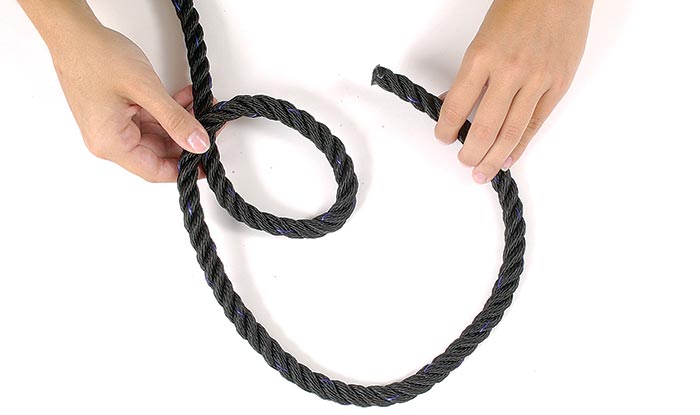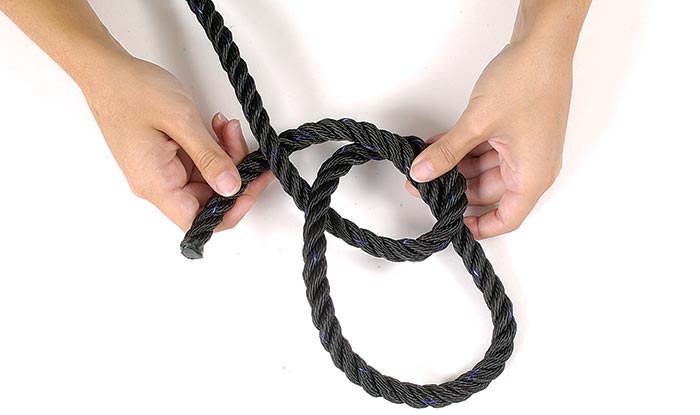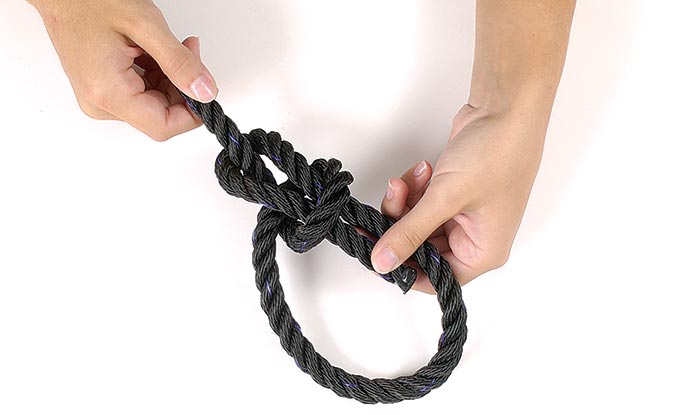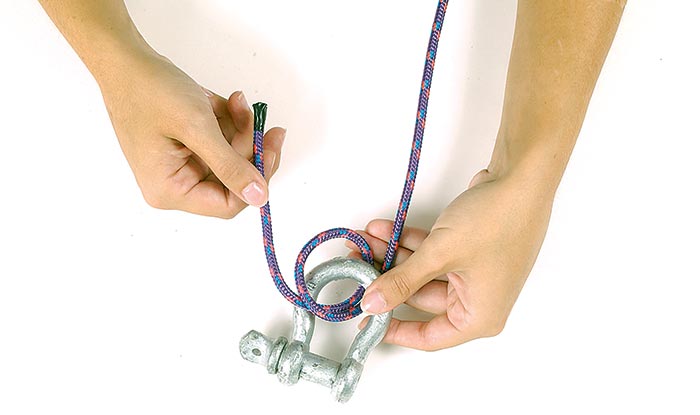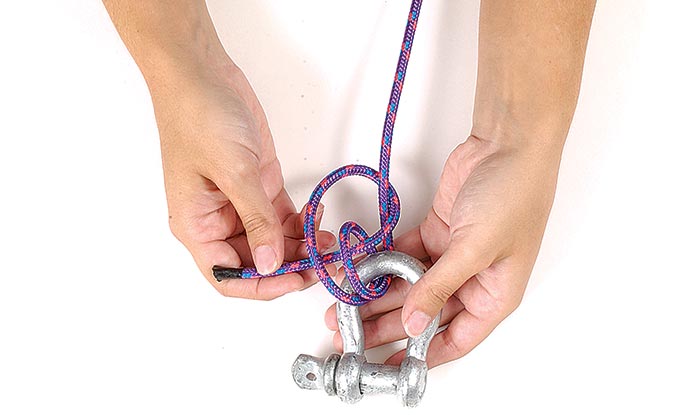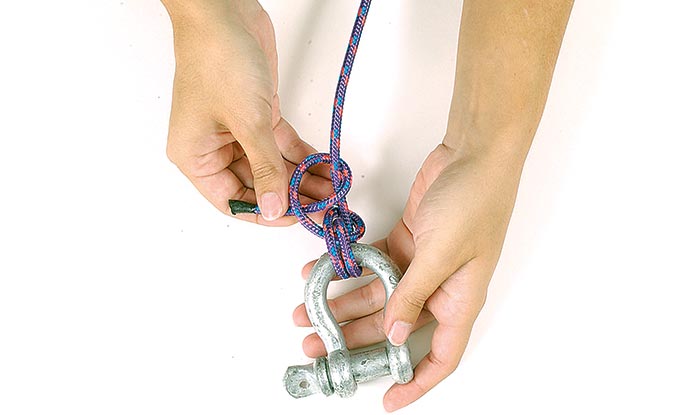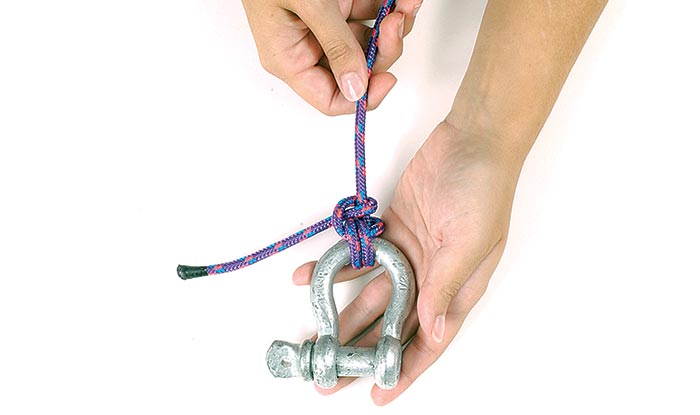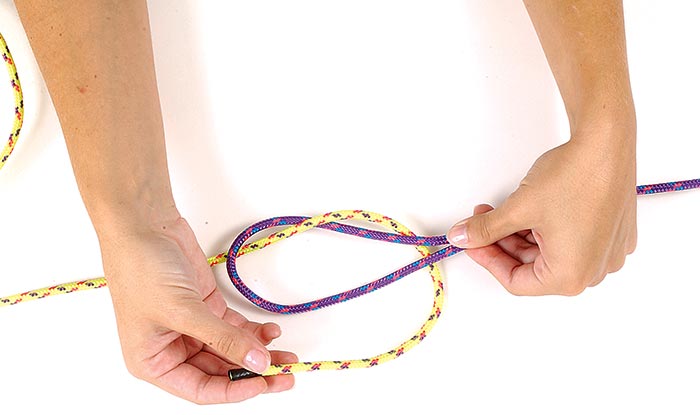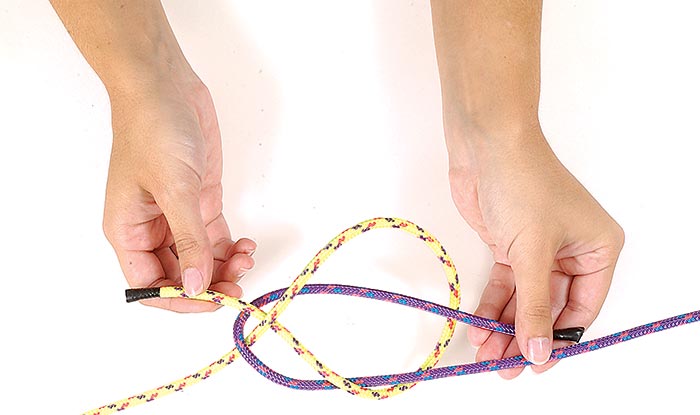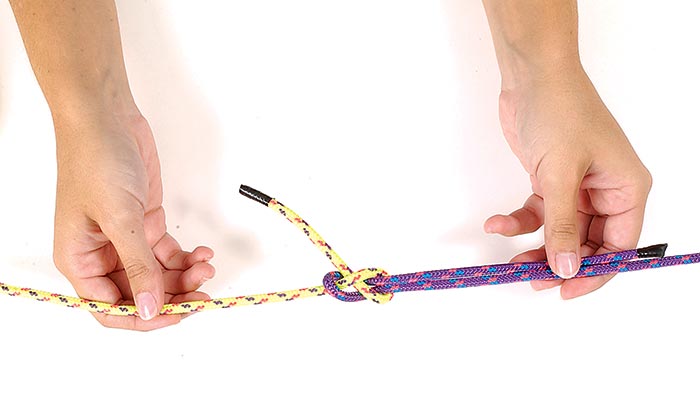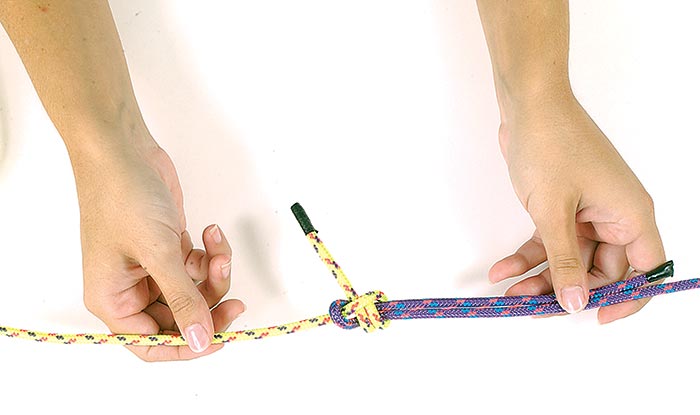Advertisement
Practice makes perfect, they say. Knowing how to tie a few knots is an essential skill that anyone can learn.
For years, The Ashley Book Of Knots has been the standard work on knots and rope work, a thick tome that contains literally hundreds of knots from the obscure to the downright practical. It's a fun book to have, to use it to learn all the brilliant ways mariners have secured their working boats throughout the ages. Thankfully, today's boater can get away by learning just a few, so we whittled the list down to three that will come in handy almost anytime you head out.
Bowline
Easy to tie, the bowline (pronounced bow-lin) is probably one of the most useful of knots that the boat owner can learn. Used for making a temporary loop in the end of a rope, a bowline is easy to untie, even after it's been under considerable load. Jargon Buster: The "standing part" of a rope or line is the section that is inactive when tying a knot. The "working end" is, as you might have guessed, the piece or section of rope that is moved to make the knot or hitch.
Step 1: Start by making an overhand loop, then hold this between fingers and thumb.
Step 2: Pass the working end up through the overhand loop as shown.
Step 3: Pass the working end around the back of the standing part.
Step 4: Carry the working end back through the loop. Grasping the end in the right hand, snug up the knot, which completes the bowline. You can vary the size of the loop by starting the knot farther down the standing part.
Fisherman's Hitch
A fisherman's is ideal for securing a rope to a shackle, anchor ring, or other such thing, and is the perfect solution for a near-permanent knot such as attaching an anchor rode to an anchor. When done correctly, it's very secure. It can be made even more so by whipping the working end to the standing part of the rope once completed. Unlike many knots, the fisherman's hitch will pull itself up very tightly, and it can be almost impossible to untie if any strain has been placed upon it.
Step 1: Start by passing the working end around the ring twice, from back to front, to form a round turn.
Step 2: Pass the working end down and behind the standing part, then tuck it through the loop formed by the round turn.
Step 4: This is how the completed hitch should look. It can be made even more secure by whipping the working end alongside the standing part; but only do this if you have no plans to take the hitch apart in the future.
Sheet Bend
The sheet bend is used for joining two ropes of similar or differing diameters to each other. One of the easiest knots to learn, it's quick to tie, and it's very useful for extending docklines.
Step 1: Start by forming a loop in the end of the thicker of the two ropes. Then pass the working end of the thinner rope through the loop.
Step 2: Pass the working end of the thinner rope (yellow in the photo) around the short end of the loop, then behind the first rope (the purple one).
Step 3: Make a second half hitch by passing the working end behind the standing part, back over the top, and through the loop as shown. Then snug up everything nice and tight.
Step 4: This is how the completed hitch should look. It can be made even more secure by whipping the working end alongside the standing part; but only do this if you have no plans to take the hitch apart in the future.
Step 5: For additional security or when handling lines that are slippery, pass the working end around the back of the knot a second time to form a double sheet bend.

